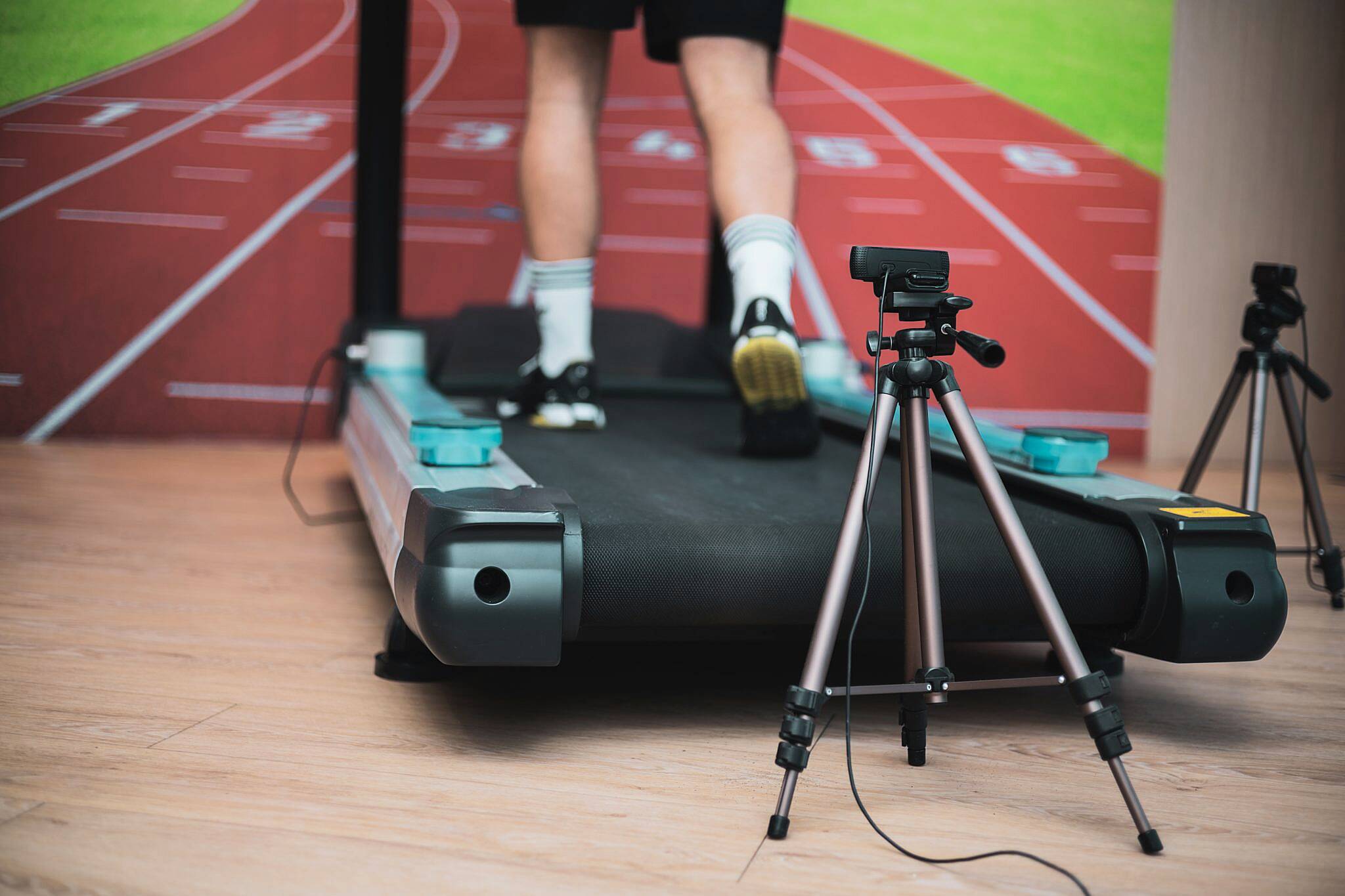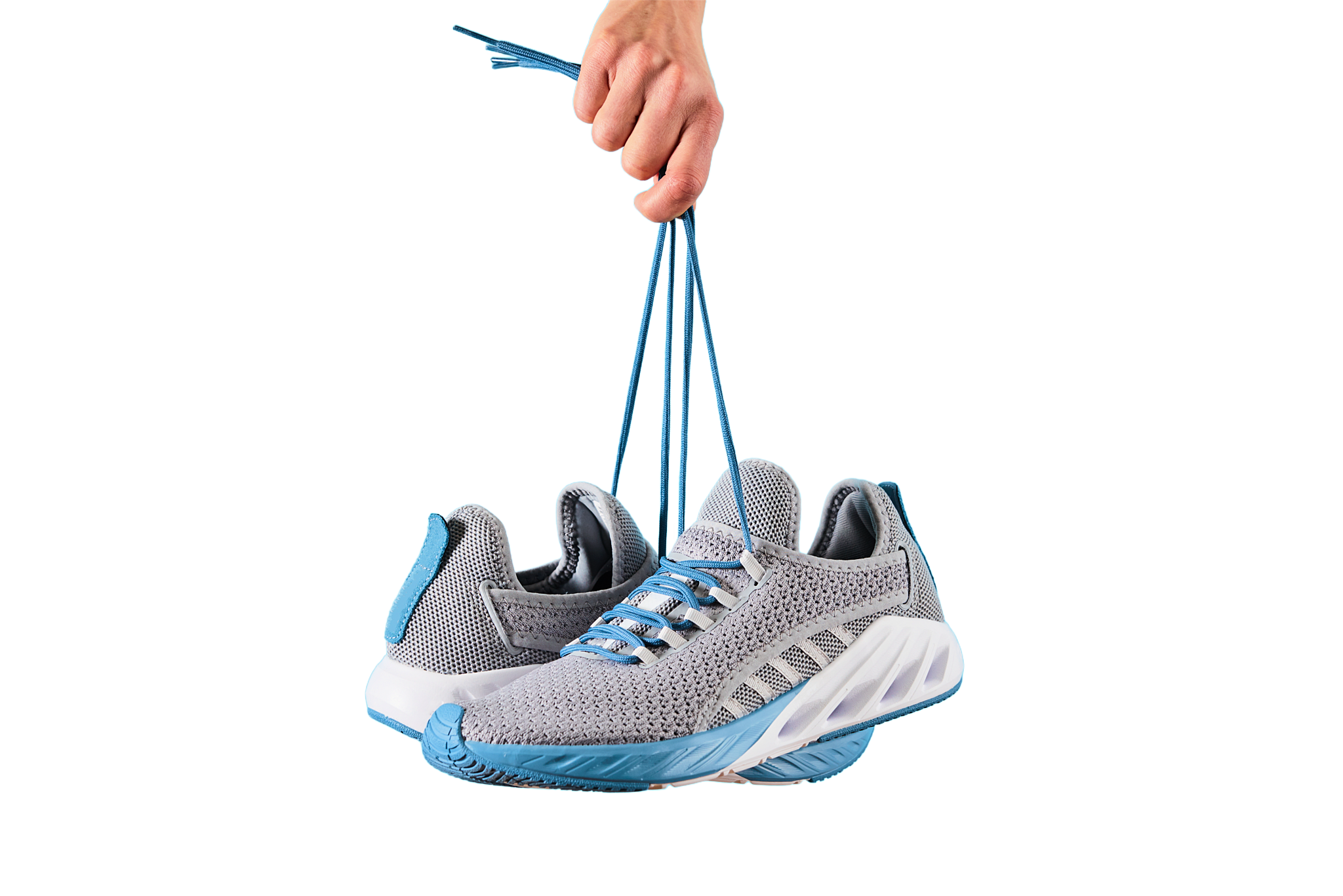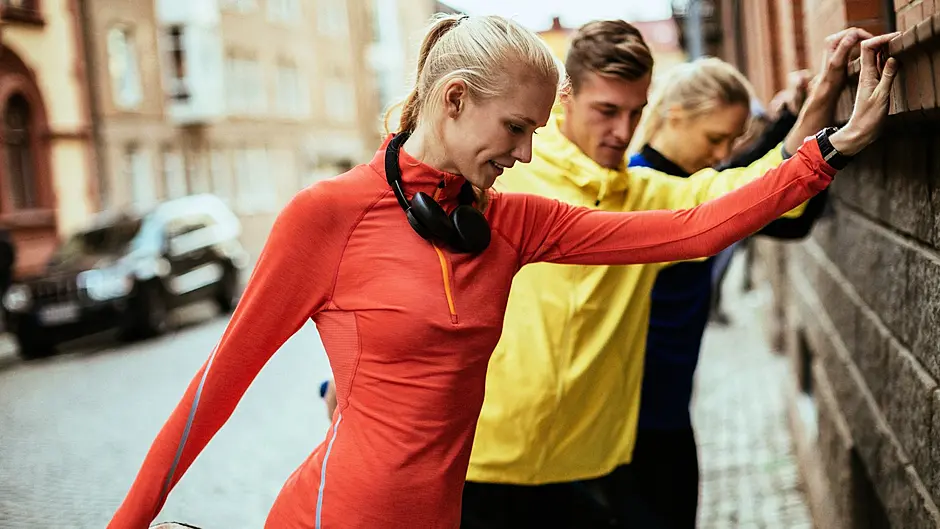IF you’re starting out on a path to fitness through walking, running or jogging, there are a few key points to know if you want to avoid injury.
PAULA BURNS talks to two local experts.
The month of January is a time when many of us make New Year’s resolutions.
More often than not they include getting active and introducing a new fitness regime into our days.
However, before you get too enthusiastic and set on a 10km run or decide this year is the year you do a marathon, there are a few things to consider.
Every year, chartered physiotherapist, David Williams, sees people coming into his clinic at Skibbereen Medical Centre with assorted lower limb injuries.
Most people will be novices who have never exercised before or who have fallen out of exercise and haven’t eased back into it in the correct way.
What they all have in common is pushing their bodies too far and too quickly.
Three points
‘If you’re starting to exercise again there are three things to think about. Your conditioning and ability to exercise, your equipment, and a training programme,’ explains Williams.
‘Generally how lower limb injuries happen is if you’re missing one of these three points. You’re going to get injured if you keep running. The injuries are caused by a lack of strength. What happens is people go out in an old pair of runners and they run too far or too fast too soon.’
With this in mind when starting a new training programme, Williams encourages people to get the balance right to avoid injury and giving up on a new routine.
Walk before you run
‘Start with a strength and conditioning programme, very simple bodyweight exercises for 4-6 weeks. If you want to go running, you should start with walking. Increase your walk to 3-5km walk alongside the strength and conditioning,’ advises Williams.
‘Go to a reputable sports/footwear shop where they can assess your foot and they will advise you on what runner is best suited to your foot type and what is the most comfortable.’
When it comes to running Williams is a big advocate of the ‘Couch to 5km’ training programmes.
‘For running, the internet is full of couch to 5km running programmes. You start from scratch and go to 5km over a number of weeks. If you do this alongside the strength and conditioning and have the right footwear then your chance of getting injured is very limited.’
The ‘hop’ test
As a newbie to running it can be difficult to know when a pain has developed into a more serious injury.
Williams’ top tip for knowing when you have overdone it is hopping on the spot.
‘If you start to feel the middle of your foot is getting sore you need to be sure you’re okay to run again. If you can hop on the spot in your runners 10-15 times pain-free you are okay to run again,’ he explains.
‘If you can’t, this means your foot hasn’t recovered from the last training session. You should rest for longer and then try a shorter version of the run you did that made you sore. If you still have pain then this is the time to see someone.’
Equipment
While knowing how to ease into exercise to avoid injury is a must, just as important is the equipment you use.
When it comes to running or going to the gym this means your footwear first and foremost.
Kevin O’Regan, owner of Fuchsia Footwear (Clonakilty and Skibbereen), agrees with Williams’ advice on the importance of finding the right pair of trainers and going in-store to try them on before purchasing.
‘The first thing is trying to keep your feet happy and to try to get into a store and get a feel for them. Comfort is number one.’ says O’Regan.
‘You’ll get a natural feel for a shoe if it’s comfortable or not and if it suits you.’

While comfort is key, according to O’Regan there are a number of other things to consider when buying trainers also.
‘Make sure you always have room. You need wiggle room for your toes and that the heel is fitting snugly. If you’re running you don’t want too much movement because it will cause blisters.’ explains O’Regan.
‘You should look for adequate cushioning, especially on the heel and the front. Flexibility is also important. There should be a nice flex on the shoe at the ball of the foot.’
Stability
As not all feet are the same, it’s important to know if you have any issues such as a pronated foot or feet (Pronation is the side-to-side movement of the foot that occurs when a person walks or runs.
It results from the transfer of weight from the heel to the ball of the foot.

If this is an issue, O’Regan recommends choosing a shoe with a strong heel cup that isn’t overly flexible.
Overall he believes that stability is key to a good running shoe.
‘I would always start with the heel and have a good strong heel cup to keep you stable. Stability is key. A good, solid, stable shoe is what you need no matter what type of foot you have.’
So, the message is start easy, don’t overdo things and take time to build up your strength and fitness, get the right shoes for your specific needs and follow an appropriate training programme. 2025 is your year for running!








